Ultimate World of Horticulture
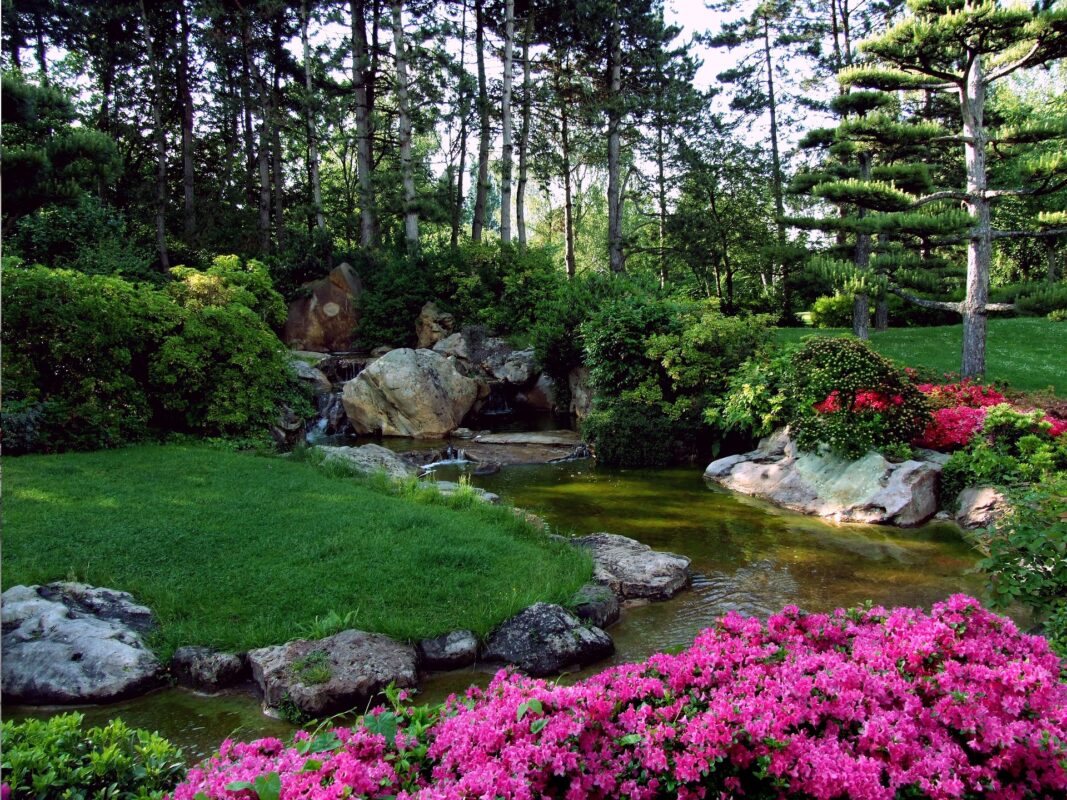
What is Horticulture?
The term horticulture may be vaguely familiar to some people. Others may not have any idea what the term means. But, horticulture, botany, olericulture, pomology, and floriculture share some roots – pun intended. Let’s explore these terms, to grow our tree of knowledge, as we uproot the network of attachments these terms have to one another.
Horticulture comes from horti meaning garden plant (Greek hortus) and culture, which means things together — (we pass down through history). The word horticulture comes from the agriculture segment of farming. It specifically targets the plants we use, but takes on a broader meaning which includes the use of plants for food, comfort, and beautification. Many people grow food for sustenance. They enjoy the fruit and vegetables grown in their gardens. We also use plants medicinally – to comfort us or to relieve aches or pains. For instance, I drink cinnamon tea if I have gastric acid. I feel immediate comfort. In addition, every day, I see social media posts of gorgeous flowers. People, all over the world, grow them to make their parts of the world more beautiful.
Differences Between Horticulture and Agriculture
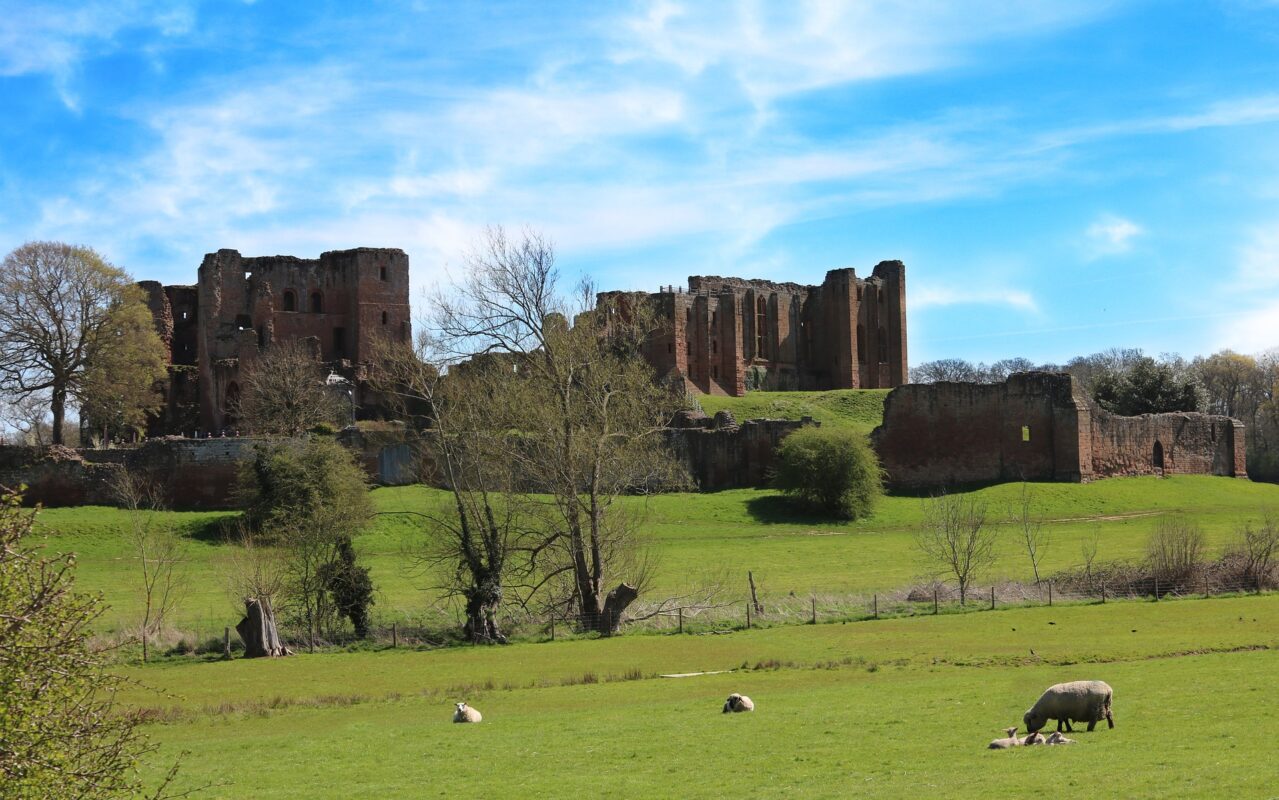
Not to get off topic, but some of you may be wondering how agriculture and horticulture differ. Agriculture takes into account the broader segment of farming. It includes conditioning the soil, like composting. It also includes farming chores, such as the practice and process of raising animals, for food or wool. This includes the science and study of all animal rearing practices. So, without agriculture humans would never have gotten into horticulture. Once humans were able to sustain themselves through agriculture, they turned to horticulture to provide beauty and comfort in their lives.
History of Horticulture

First Agriculture
The history of agriculture in relation to humans dates back farther than written records. The oldest known references were 15,000 years before the common era based on hieroglyphs and basrelief on tombs. The first known agricultural reference were to dogs and their use in hunting prior to 8,500 BCE in Iraq. So, the dog was man’s best friend back then, so someone undoubtedly studied how to take care of them.
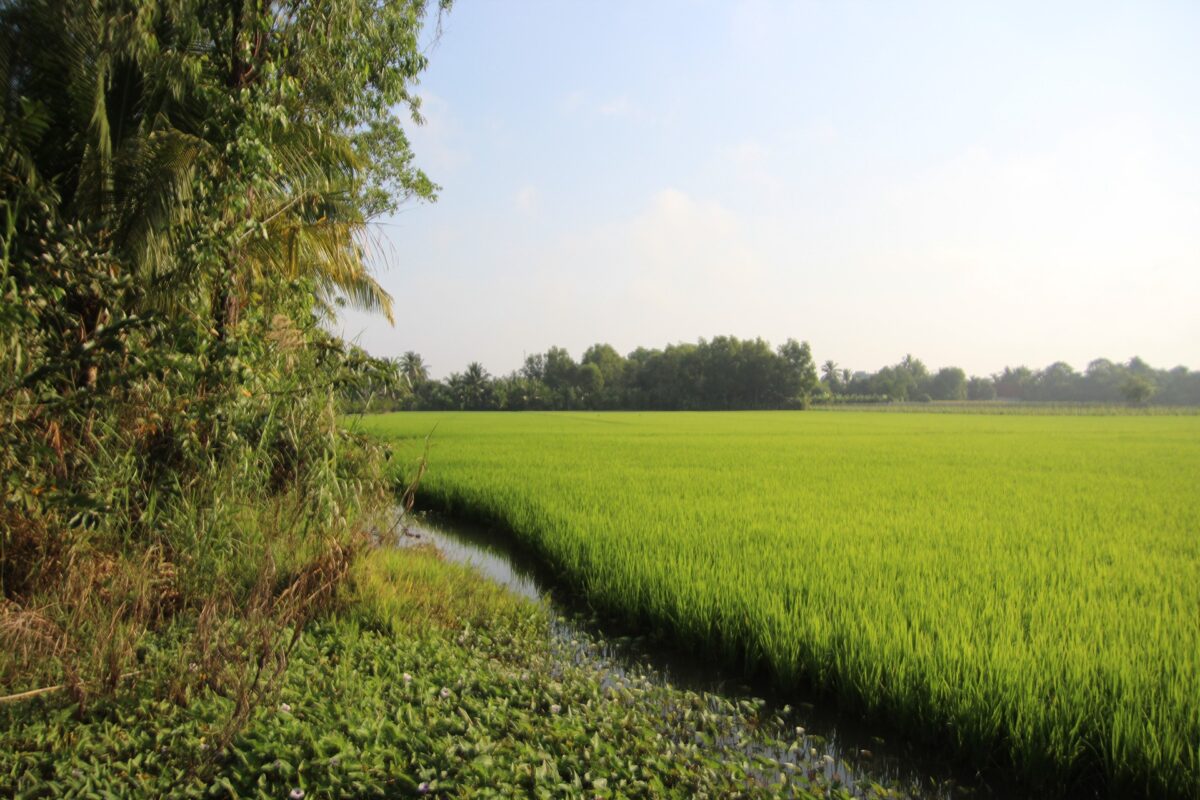
Growing Grains
At around 8,500 BCE in Mesopotamia, people grew cereal grains to feed the goats and sheep that they were raising. Scientists have done carbon dating and found cultivated pigs in Thailand in 8,000 BCE, as well as, goats and cattle in northern Iran. The Incas in Peru cultivated potatoes. In Jarmo, Iraq, and Ukraine, the horse became domesticated at around 4,300 BCE.
Freely Farming
But, throughout the middle east from 8,500 BCE onward, people were growing all sorts of vegetables and cereal grains for these domesticated animals. Because, historical science is reliant on carbon dating and actually finding fossils, the domestication of animals and agriculture, as a whole, probably started much earlier – my opinion.
Written Records
In 2700 BCE, Chinese Emperior Shenn Nung created a written classification of plants including hemp. Rice was cultivated around 2,000 BCE near the Arabian Sea and in the Yangtze Basin in China. At the same time, cotton was cultivated, spun, and woven by the Peruvians and in the Indus Valley in Asia. My own native people were growing a variety of corn, beans, squash, and sunflowers in America at the same time.
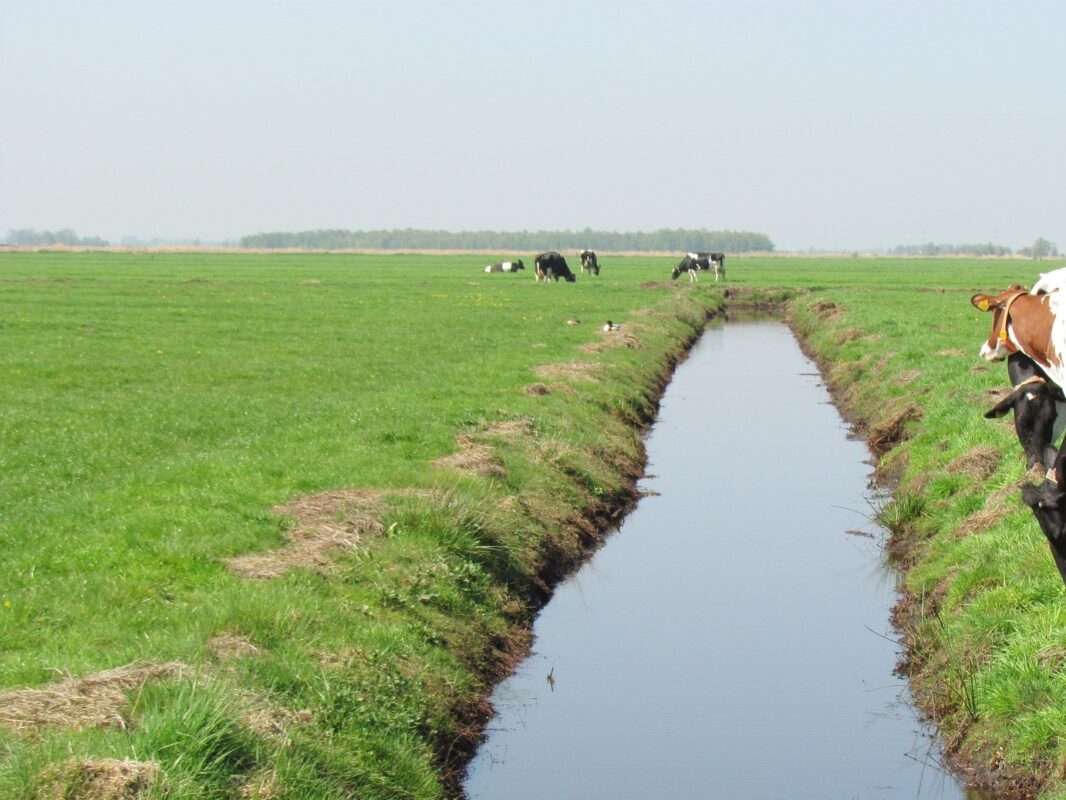
Dawn of Horticulture
Then, finally, in 1750 BCE, the Hammurabic Code included some sections on maintain irrigation ditches and canals, and property laws including horticulture or gardens. Incidentally, the Hammurabic Code is the oldest deciphered writings of significant length in the world. The sixth Babylonian King enacted the code (writings) in the Mesopotamian era. The copy exists on a 2.25 meter tall slab of stone. Back to horticulture….
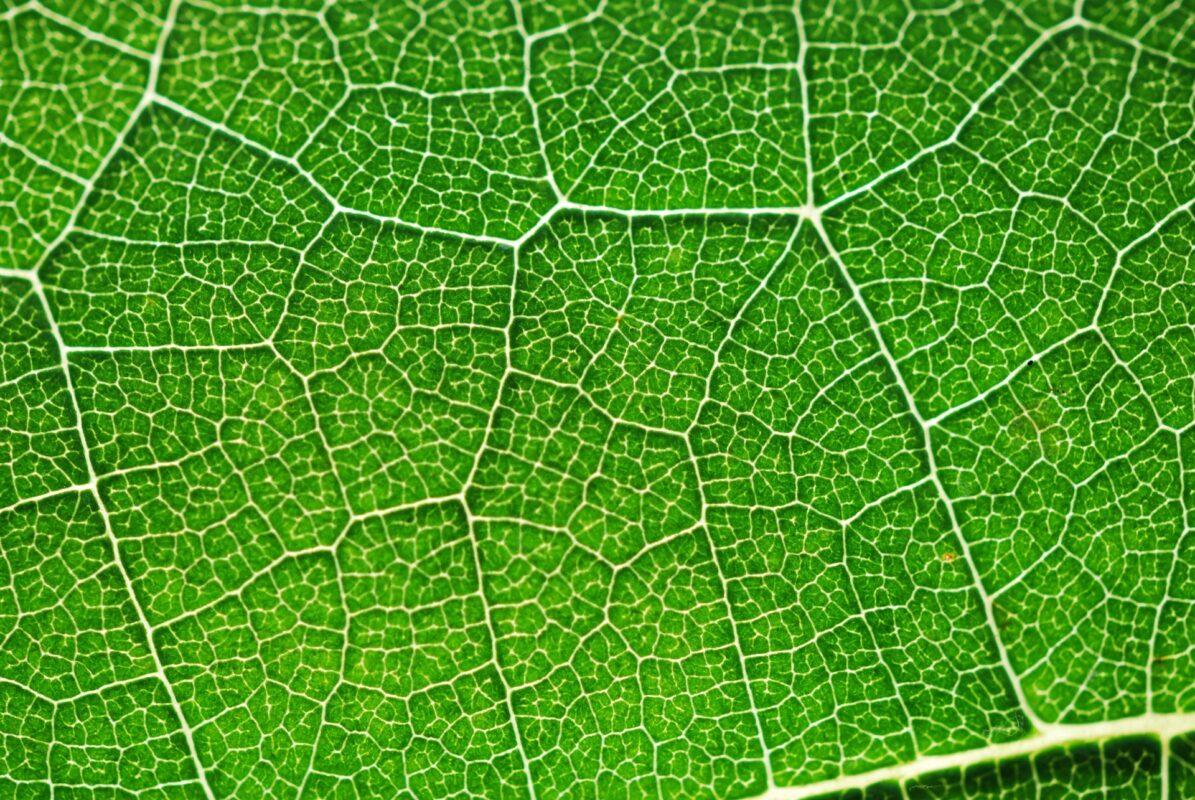
Study of Plants
Botany is different from horticulture, since it digs into the science of plants and their processes. This is an area of horticulture which I love. I routinely look at botanical studies to bring you the science of soil PH, the control of pests, and other topics useful to my blog readers.
Horticulture Science and Technology
There is an offshoot of botany called horticulture science, that directly deals with the science of the plants we grow for food, comfort, or pleasure. And these same plants are included, when the science is applied to horticulture, as in a hydroponics system, or utilizing artificial lights to replace sunlight, called horticulture technology.
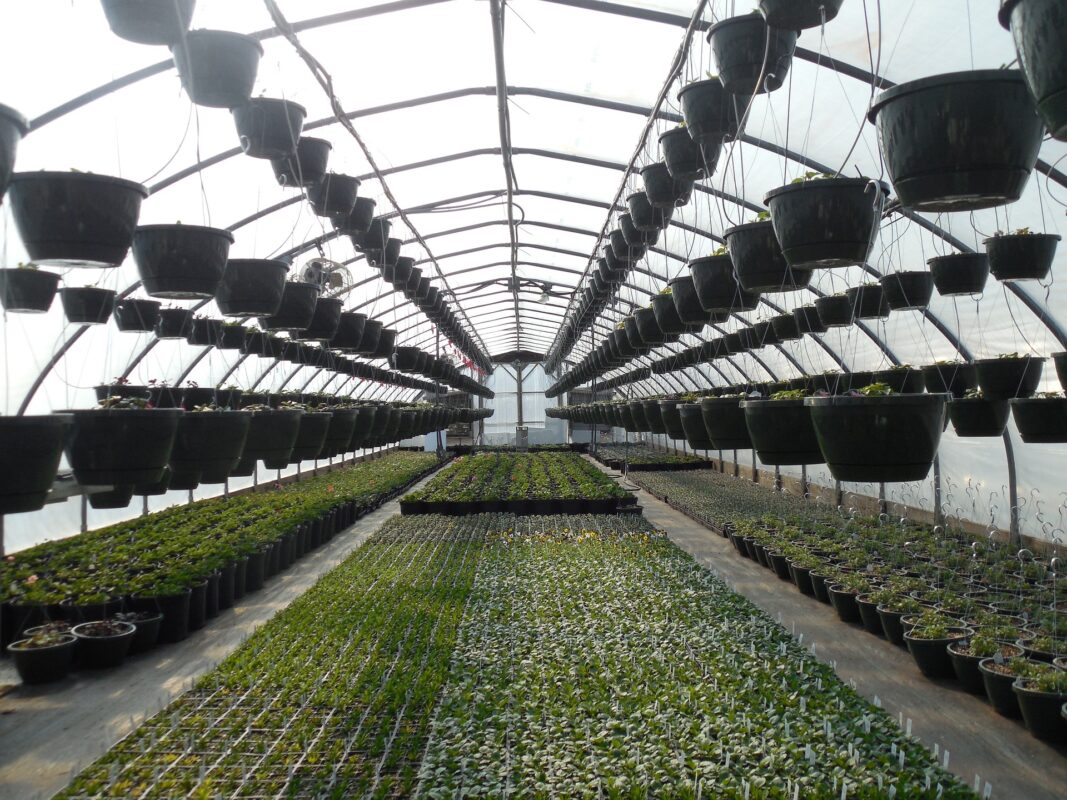
When science, technology, and production are combined in horticulture, the result is the horticulture industry. This horticulture industry can be divided into three major areas; namely, pomology, olericulture, and ornamental horticulture.
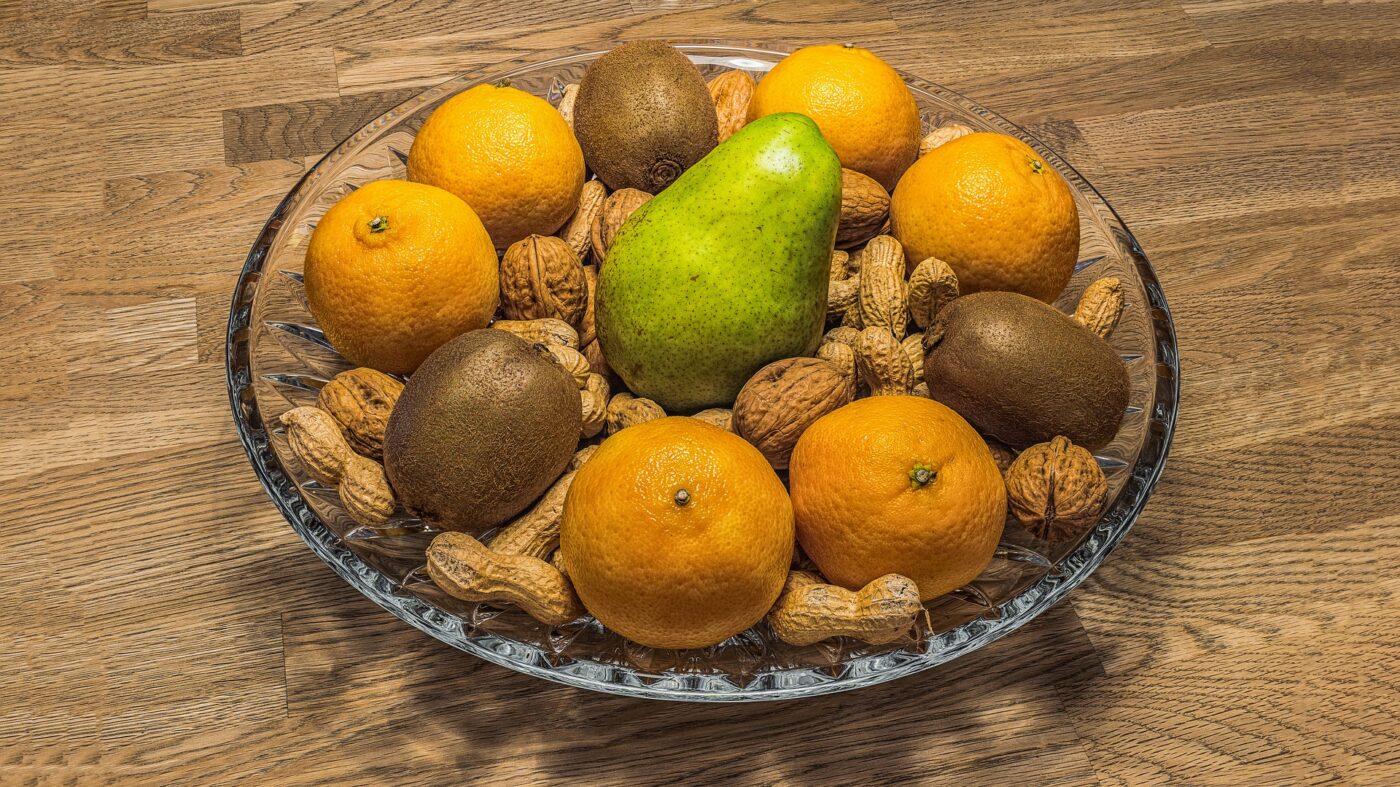
Pomologist or Olericulturalist?
Within horticulture, pomology is the planting, harvesting, storing, processing, and marketing of fruit and nuts. These include both large and small fruit. So, this would include all fruit from watermelon to raspberries along with macadamia nuts or peanuts.
In addition, the same planting, harvesting, storing, processing, and marketing can be applied to olericulture which is the production of all vegetables. Most people are actively olericulturalists when they annually plant a vegetable garden but become pomologists when they plant a tree. Then, years later are able to harvest the fruit.
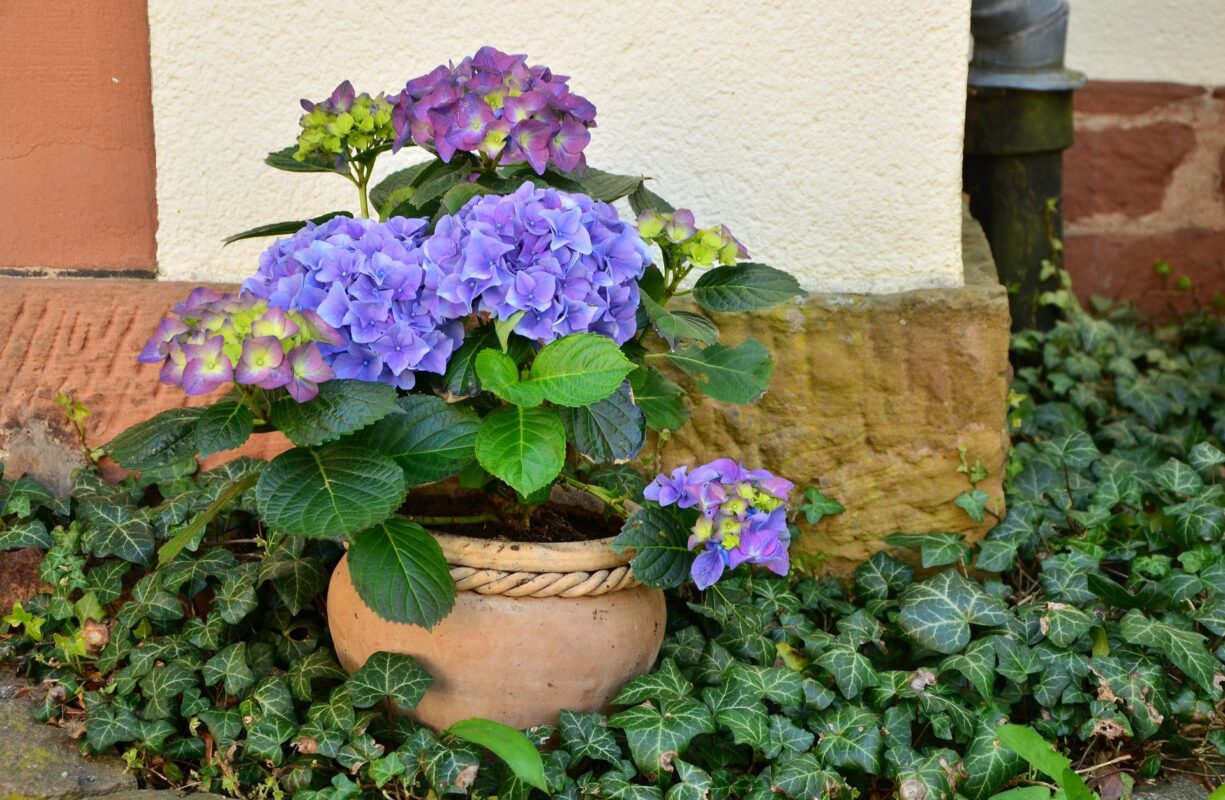
Landscaping
Ornamental horticulture has two specialized areas. The production of foliage plants is floriculture. This includes potted plants, flowers, and annual ground bedding plants. The perennial group of flowering plants and ornamentals to beautify a landscape is landscape horticulture which falls under ornamental horticulture.
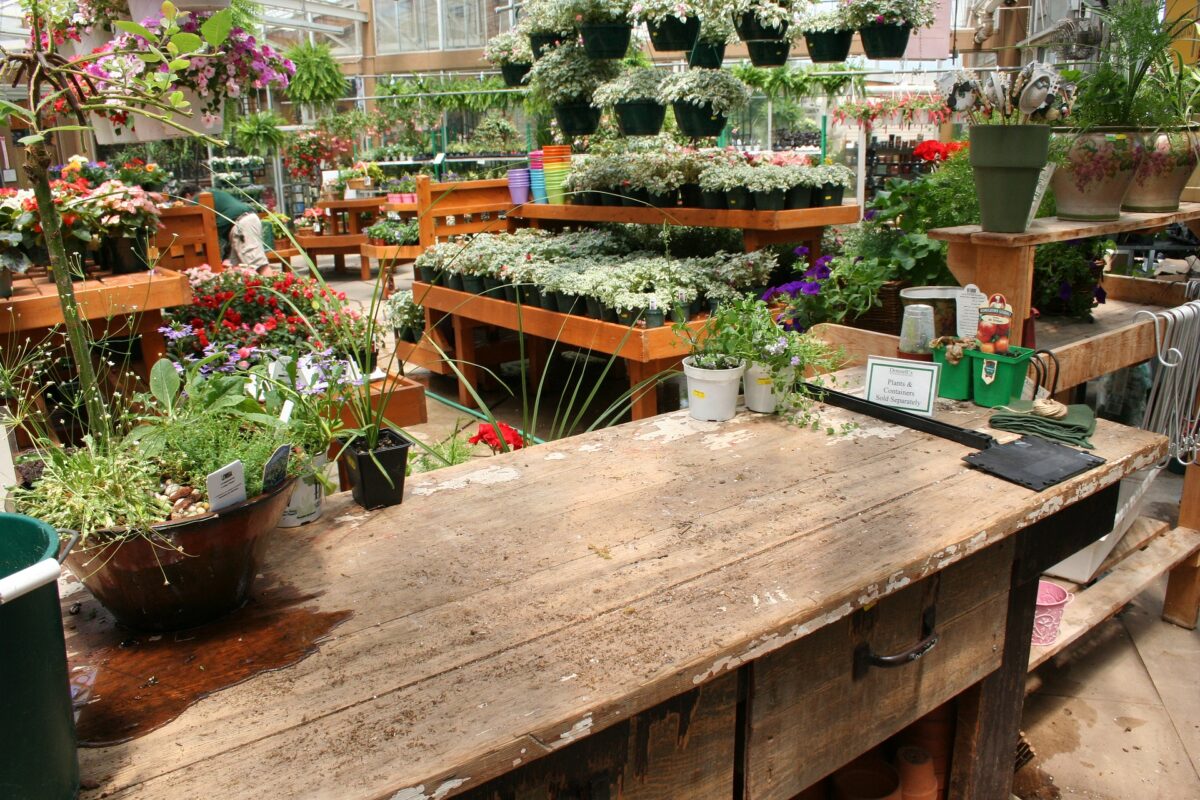
Nurseries and Garden Centers
Typically, plants for both floriculture and landscape horticulture can be obtained through a nursery. A nursery is a place that specializes in growing ornamental plants either from seeds or cuttings into plants that are ready for landscaping. Nurseries can be retail operations, wholesale operations, or both. They may include scientific study.
A garden center, on the other hand, is a retail center that has all of the tools and equipment to start a horticulture project. They also have a variety of annual plants and some landscape plants. They may have a greenhouse, offer classes to new gardeners, and may provide floral arrangements.
As you can see, the world of horticulture has a bouquet of segments. You can study new topics, find a job in an area you love, or use the information to beautify your own space. Since most of you are gardeners, I hope you are now more knowledgeable about horticulture as well as its history.
I love that the word itself includes culture, because for tens of thousands of years, it has been a part of our global cultures and traditions. It is the one thing that all people share globally. I hope you find my horticultural blog posts helpful and informative. Please let me know if you would like to know more science about the plants you grow.